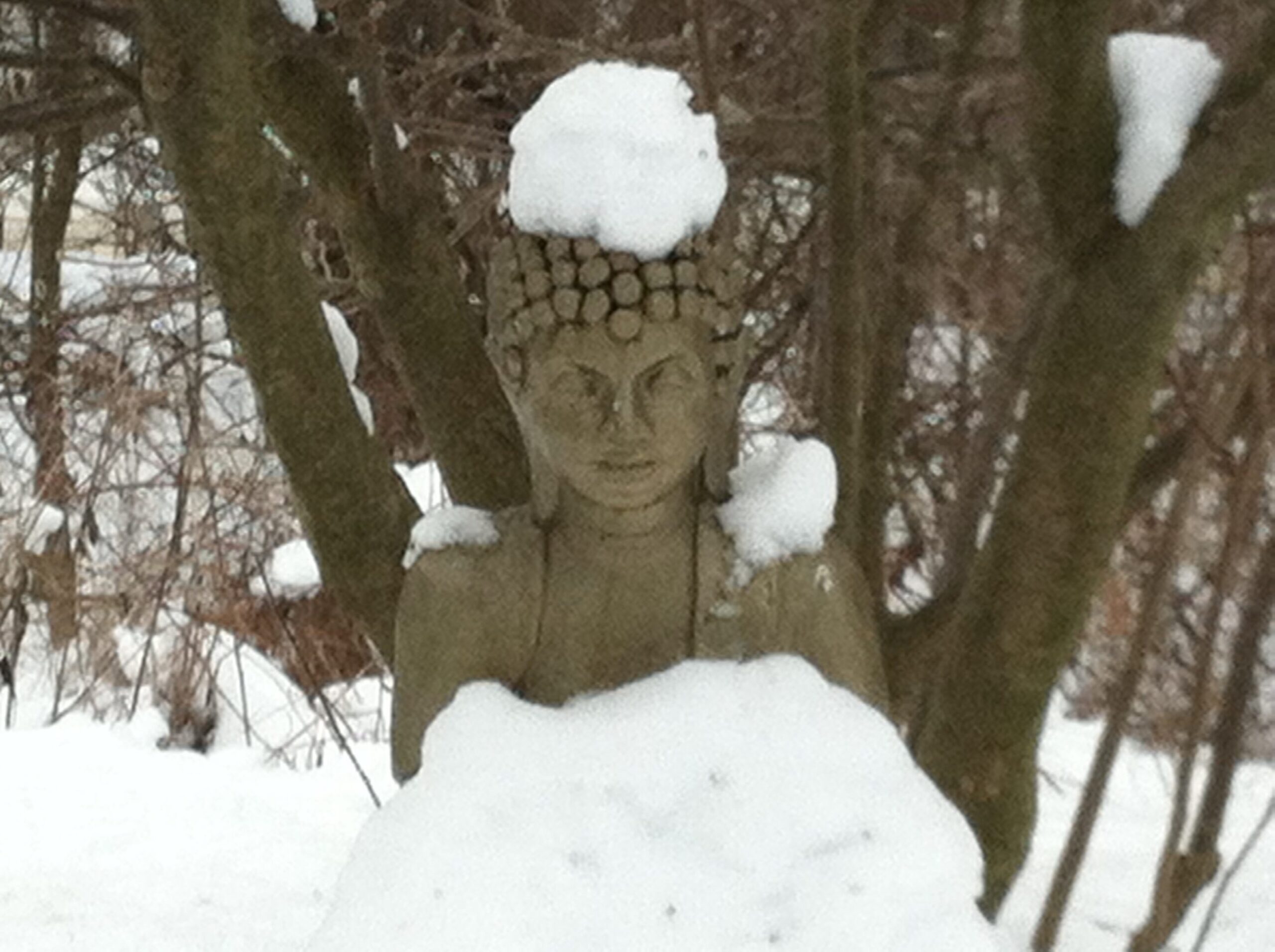According to Dilgo Khyentse (pages 98 and 106), in practice 10 we cultivate aspiration bodhicitta, the wish for all beings to be happy and to be liberated from the confusion of samsara, which marks the beginning of the Mahayana path to full awakening (rather than the foundational but partial awakening for ourselves alone of verses 8 and 9). In practice 11 we set out on the path of action bodhicitta (aka application bodhicitta, aka engaged bodhicitta) by training in how to begin to bring this aspiration to realization through the practice of tong len, taking and sending meditation. Yes, meditation falls under the heading of action bodhicitta!
If this doesn’t make sense to you, review the paramita of moral discipline in Ornament of Precious Liberation, in which Gampopa presents training in bodhicitta as an equal component and even the basis for being able to help others effectively in more direct ways. Of course, we know that training through meditation isn’t a replacement for rolling up our sleeves and engaging in activity to help others in whatever ways they need in the moment, and in fact the paramita of moral discipline includes a list of 11 specific ways we must, as aspiring bodhisattvas, work for the welfare of others (page 174, Holmes translation). However, training oneself in the two bodhicittas is considered essential to helping others in ways that are wise, effective, and complete. For examples of compassionate activity that lacks wisdom and risks doing more harm than good, we have only to tune in to the news.
The scope of action bodhicitta: In Dilgo Khyentse (textual outline, pages 40-41), action bodhicitta includes relative bodhicitta, verse 11 (taking and sending) and verses 12-21 (how to apply bodhicitta in specific worldly situations) as well as absolute bodhicitta, verses 22-24. In this presentation the six paramitas (verses 25-30), which we generally consider action bodhicitta, fall under a separate heading, “the precepts for training in those practices,” rather than under action bodhicitta per se.
In Ornament of Precious Liberation, chapter 11 (page 151, Holmes translation), Gampopa explains that the six paramitas are considered the precepts or “higher trainings” of action bodhicitta. So they do fall within action bodhicitta, but this may not be completely clear in the textual outline in Dilgo Khyentse’s book (edited and prepared by the Padmakara Translation Committee). Or I may be misinterpreting something — but this is how it makes sense to me.
The takeaway: First we give rise to aspiration bodhicitta (verse 10), then we get to work to realize this aspiration through action bodhicitta, which begins with tong len meditation (verse 11), the overall intention we will apply to all our activities. This is followed by training in how to apply that intention in specific life situations (verses 12-21). With this grounding in the action of relative bodhicitta, love and compassion, we then train in ultimate bodhicitta (verses 22-24), which puts us in touch with the true nature of everything — emptiness and luminosity. With this strong foundation, we are now prepared to accomplish the higher trainings within action bodhicitta: the six paramitas, aka transcending actions (verses 25-30), which will carry our precious human boat to the shore of full awakening.
On to verse 11, the beginning of action bodhicitta.
